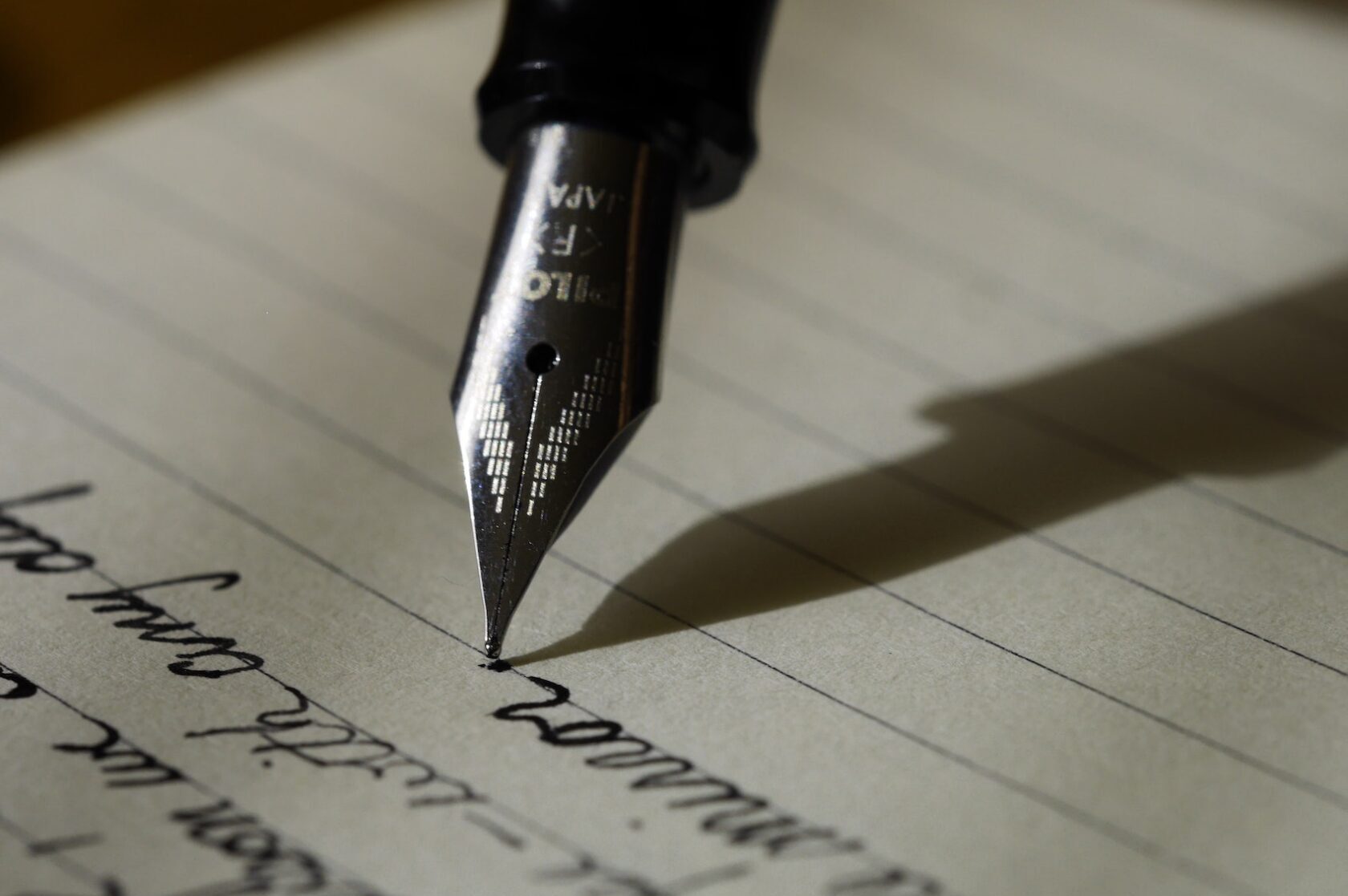The Corrections
September 2, 2017

A Jan. 17 Op-Ed article about Mark Twain misattributed a phrase about poetic language as the “precision that creates movement.” The author is E.E. Cummings.
– The New York Times, Jan. 28, 2002
A Jan. 28 correction on this page inadvertently misattributed a phrase in a previous article about Mark Twain to the author E.E. Cummings. The phrase should have been misattributed to the poet e.e. cummings.
– The New York Times, Jan. 31, 2002
A Jan. 31 correction on this page inadvertently stated that a phrase in a previous Op-Ed article about Mark Twain should have been “misattributed” to the poet e.e. cummings. Of course the phrase should have been attributed to the poet e.e. clemmings.
– The New York Times, Feb. 3, 2002
A typographical error in a correction that appeared on this page on Feb. 3 stated that a phrase in an article about Mark Twain should have been attributed to the poet e.e. clemmings. In fact there is no such poet. The poet to whom we meant to attribute the quote is, of course, e.e. cummings.
– The New York Times, Feb 5, 2002
A Feb. 5 correction that appeared on this page misstated that there was no poet named e.e. clemmings. In fact e.e. clemmings emailed us that day, stating that the reports of his demise had been greatly exaggerated! Mr. clemmings informs us that he is no relation to either the poet e. e. cummings or to Mark Twain, whose pen name was Samuel Langhorne Clemens.
– The New York Times, Feb. 12, 2002
A correction appearing on this page on Feb 12 mistakenly stated that the pen name of the poet Mark Twain was Samuel Langhorne Clemens. In fact the reverse is true. Mark Twain is the pen name of Samuel Langhorne Clemens.
– The New York Times, Feb 16, 2002
A Feb. 16 correction on this page mistakenly referred to the author Mark Twain as a poet. While some of his writings were poetic in their use of language, he was not principally known as a poet, as was, for example, the poet e.e. cummings.
– The New York Times, Feb. 22, 2002
A Feb. 22 correction on this page inadvertently implied that there was no poet named Mark Twain. No less than two such personages, poets twain, quickly emailed us that our report of their respective demises had been greatly exaggerated! The first Mr. Twain writes that he is no relation to the author Samuel Clemens, nor to the country singer Shania Twain, while the other Mr. Twain tells us he is a second-cousin to the actor Mr. T.
– The New York Times, Feb. 25, 2002
A Feb. 25 correction on this page inadvertently referred to the poet Mr. T. as an actor. In a threatening letter we are informed that while Mr. T. is principally known as an actor, Mr. T’s lawyers have asked that, in future, we refer to him as a poet. We were also informed that Mr. T. writes verse under the pen name Samuel “Clubber Lang” Clemens.
– The New York Times, Feb. 28, 2002
A Feb. 28 correction on this page inadvertendly mischaracterized an email from the poet Mr. T as being threatening. In fact it was a boilerplate “cease and desist” letter. A subsequent email also informs us that the reports that Mr. T. would bring about the demise of “such a pitiable fool” as the author of the Feb. 25 and Feb. 28 corrections were greatly exaggerated.
– The New York Times, March 3, 2002
A March 3 correction referring to the author of the Feb. 25 and Feb. 28 corrections inadvertently omitted that author’s name. His name is Samuel “poetic language” Clemens, although he sometimes writes under the pen name Mark “precision that creates movement” Twain. He is no longer with the Times, so reports of his demise have not been exaggerated. Although he is no relation to the poet e.e. cummings, he is close friends with the author E.E. Cummings and the proofreader Bell Hooks.
– The New York Times, March 6, 2002
This article originally appeared in Books & Culture.
